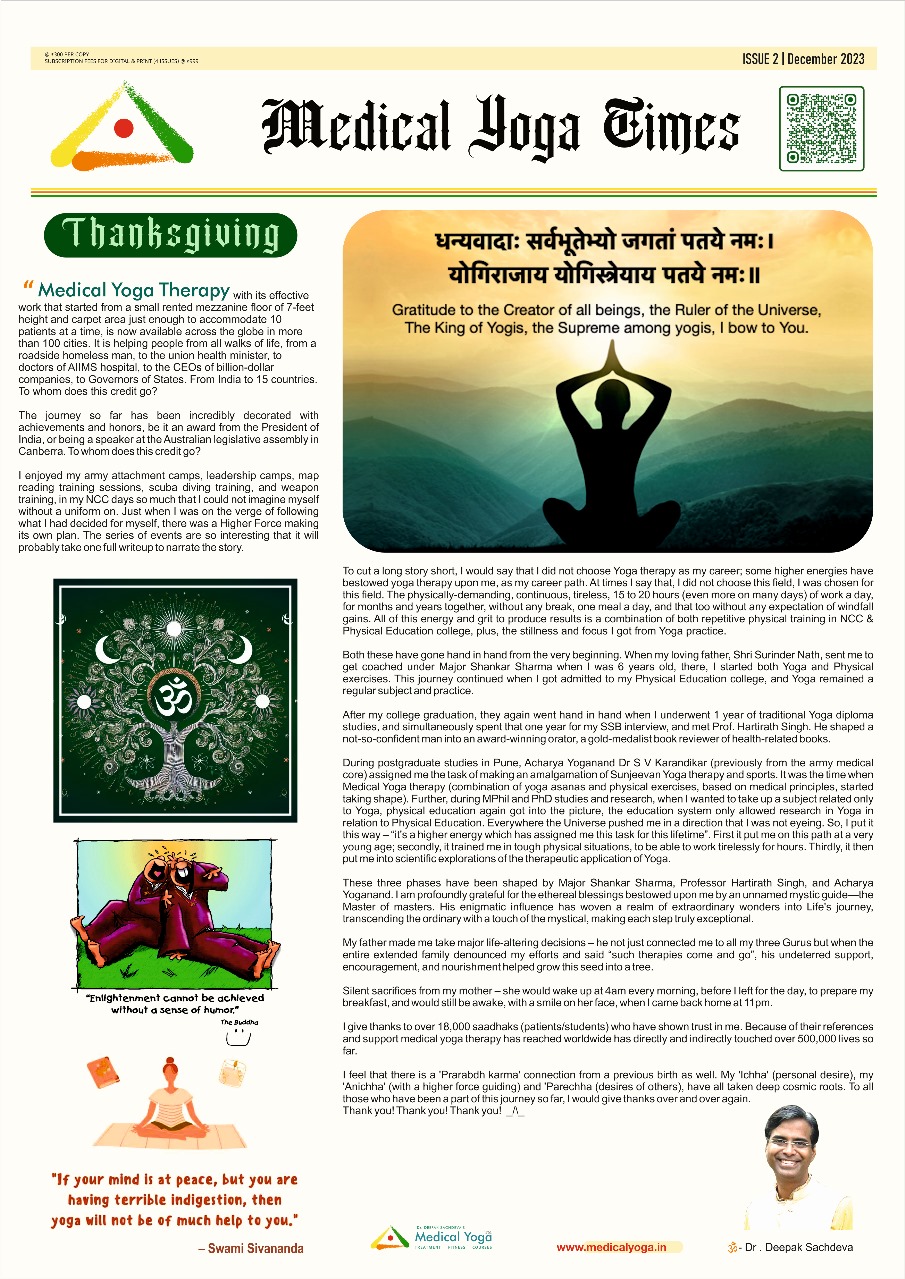Preventing Neck, Back, and Knee Pain for Teachers: Daily Micro-Yoga Breaks

Preventing Neck, Back, and Knee Pain for Teachers: Daily Micro-Yoga Breaks
Teaching is a physically and emotionally demanding profession. Long hours of standing, sitting, and managing energetic classrooms can lead to posture-related strain in the neck, shoulders, spine, knees, and hips. Over time, this physical stress combines with emotional fatigue —often stored unconsciously in the body— resulting in tightness, exhaustion, or even burnouts. Incorporating short, intentional movement breaks throughout the day can help release tension, improve circulation, support joint health, and reset the nervous system. These micro-yoga practices are quick, accessible, and designed to be done in your classroom.
The 30-30 Rule: Move to Recharge
DS 30-30 Strategy
Every 30 minutes of sitting, aim to move for at least 30 seconds—and vice versa. This simple rhythm improves circulation, boosts energy, and prevents stiffness throughout the day.
Morning Micro-Movements: Energise & Stabilise
Calf Pumps. Gently raise and lower your heels while seated or standing
The calves are often called the “second heart” for their role in promoting venous return to the heart. This movement supports blood flow and prevents leg fatigue.
Meru Dandasana (Spinal Twist on Chair)
Sit sideways on your chair with a straight spine and open chest
Exhale and gently twist, holding the backrest of your chair
Maintain the position for up to 1 minute, breathing normally
Repeat on the other side
Meru Dandasana releases tension in the spine, improves flexibility, and aids digestion.
Seated Knee Strengthening
While seated, lift one leg so it's parallel to the floor, toes pointing toward you
Hold for up to 1 minute, then switch legs
This will help strengthen knee joints and improve circulation in the lower limbs.
Afternoon Reset: Loosen the Upper Body
Shoulder Rotations
Roll your shoulders forward and backward slowly.
Shoulder Flaps (Reverse Flapping)
Move shoulders back and down in a flapping motion to open up the chest and release tension.
Neck Mobility
Gently move your head from side to side and then diagonally (ear to shoulder). Move slowly and with awareness, to prevent strain.
In-Box Practices: Breathwork for Stress Relief
Mindful Reset: Box Breathing (4-4-4-4)
Calms the nervous system, center your thoughts.
Inhale gently for 4 seconds
Hold the breath for 4 seconds
Exhale gently for 4 seconds
Hold for 4 seconds
Repeat for 5–11 cycles, staying aware of your breath throughout
End-of-Day Wind Down: Bhramari (Humming Bee Breath)
Let go of emotional stress before heading home.
Sit comfortably, eyes closed, facial muscles relaxed
Inhale deeply through the nose
With lips closed, exhale while humming softly, like a gentle buzzing of bee
Focus on the calming vibrations
Repeat for at least 5 rounds
Final Thoughts
Just a few minutes of movement and mindful breathing each day can make a significant difference in your physical comfort and emotional resilience. By weaving these micro-yoga practices into your teaching day, you invest in your well-being — one breath, one stretch, at a time.
Article by Chandan P. Mahajani




